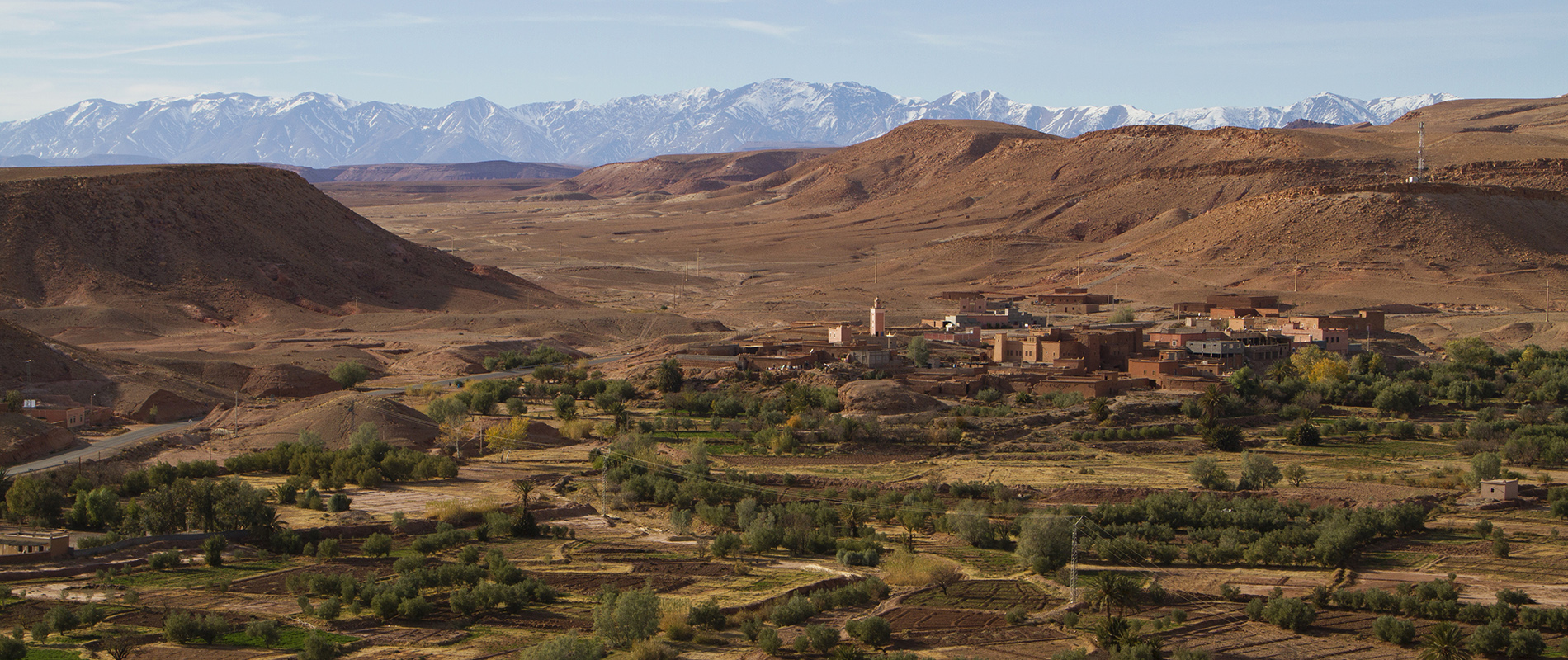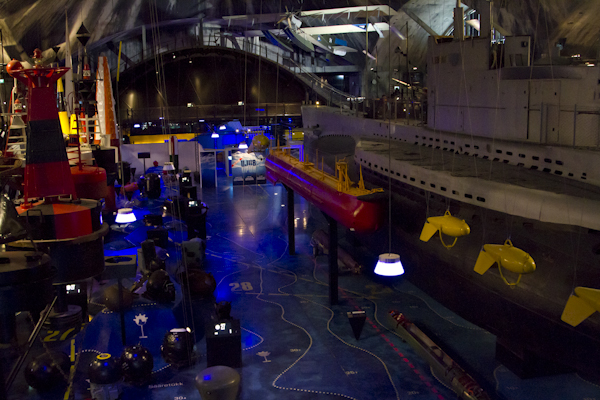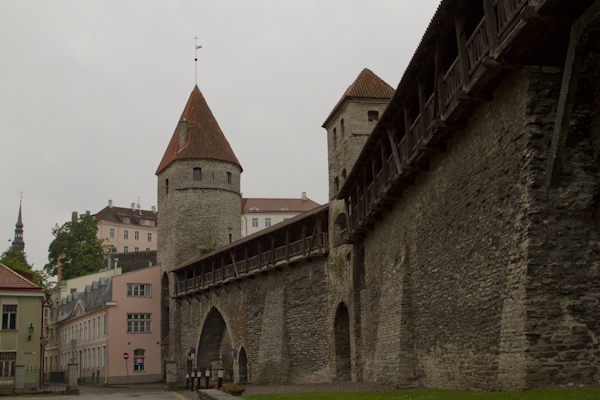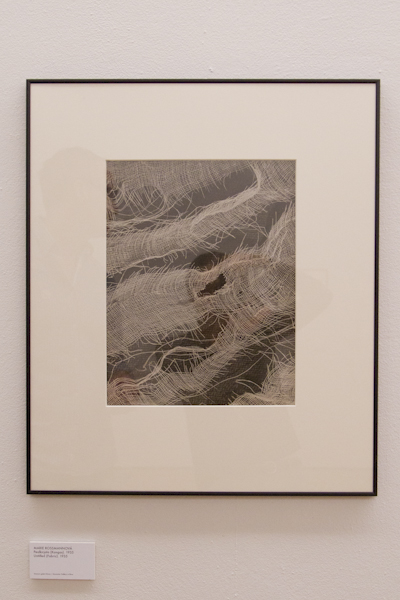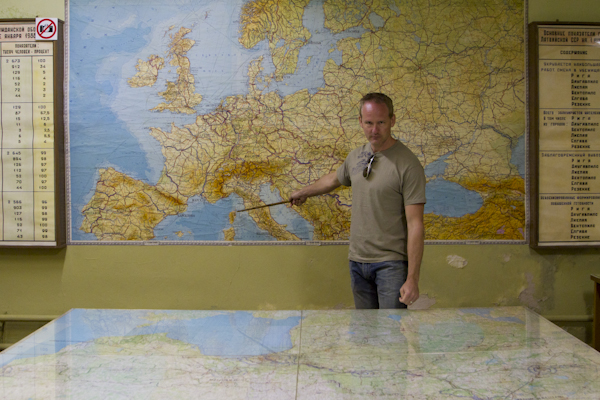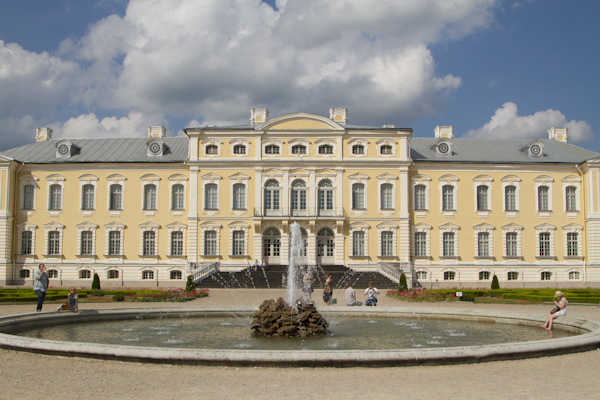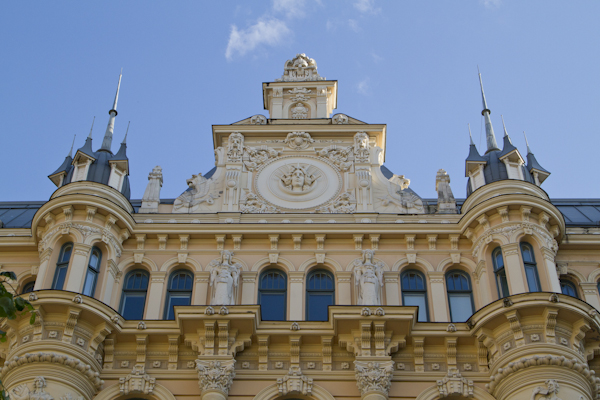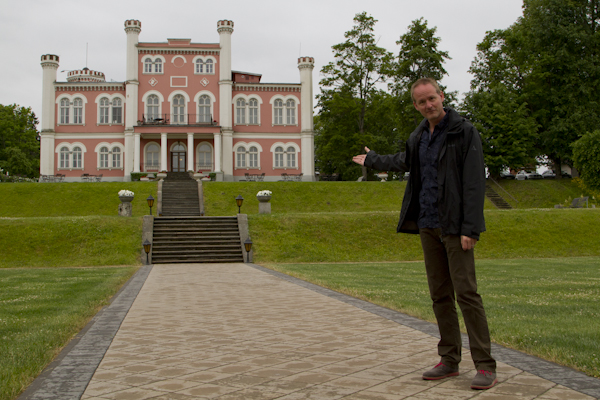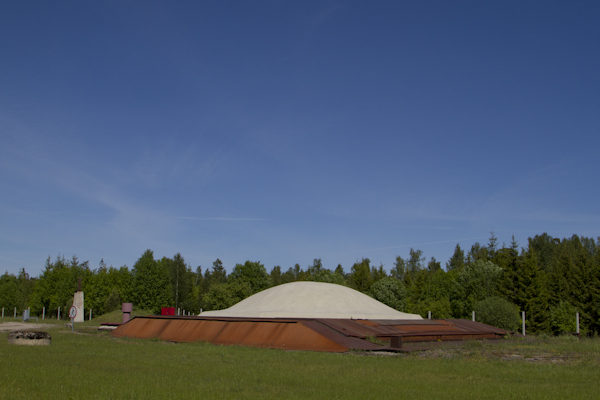
Tour guides have called it the most haunted place in Estonia. And you can wander around the empty halls and rooms of this vast abandoned structure entirely on your own. It was built as a sea fortress under the orders of Nicholas I of Russia (ca. 1828) to protect the sailing route to St. Petersburg, and finally completed in 1840. The vast sprawling structure covers an area of 4 hectares (10...
